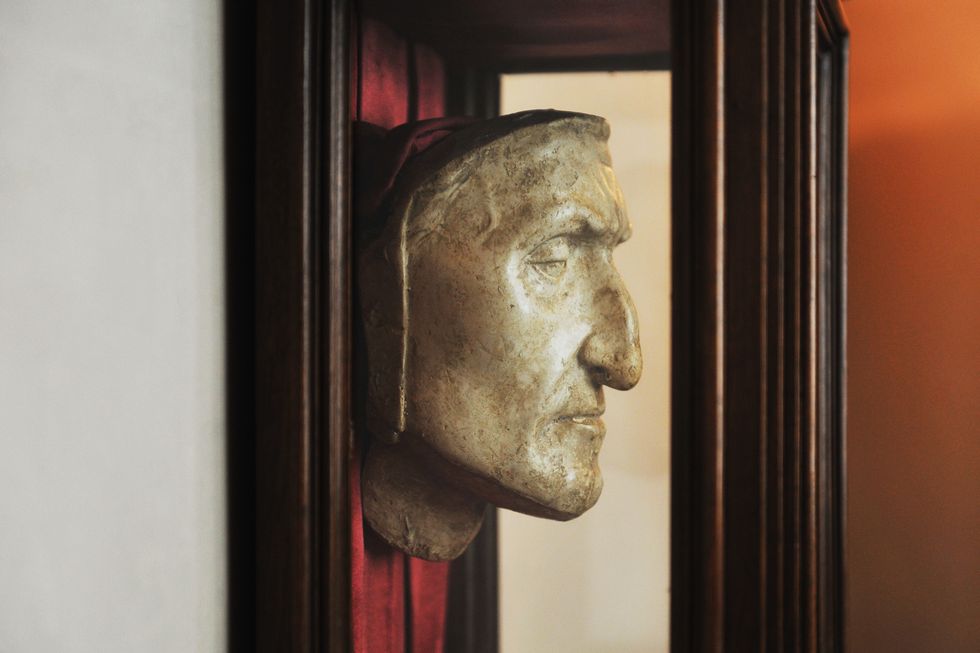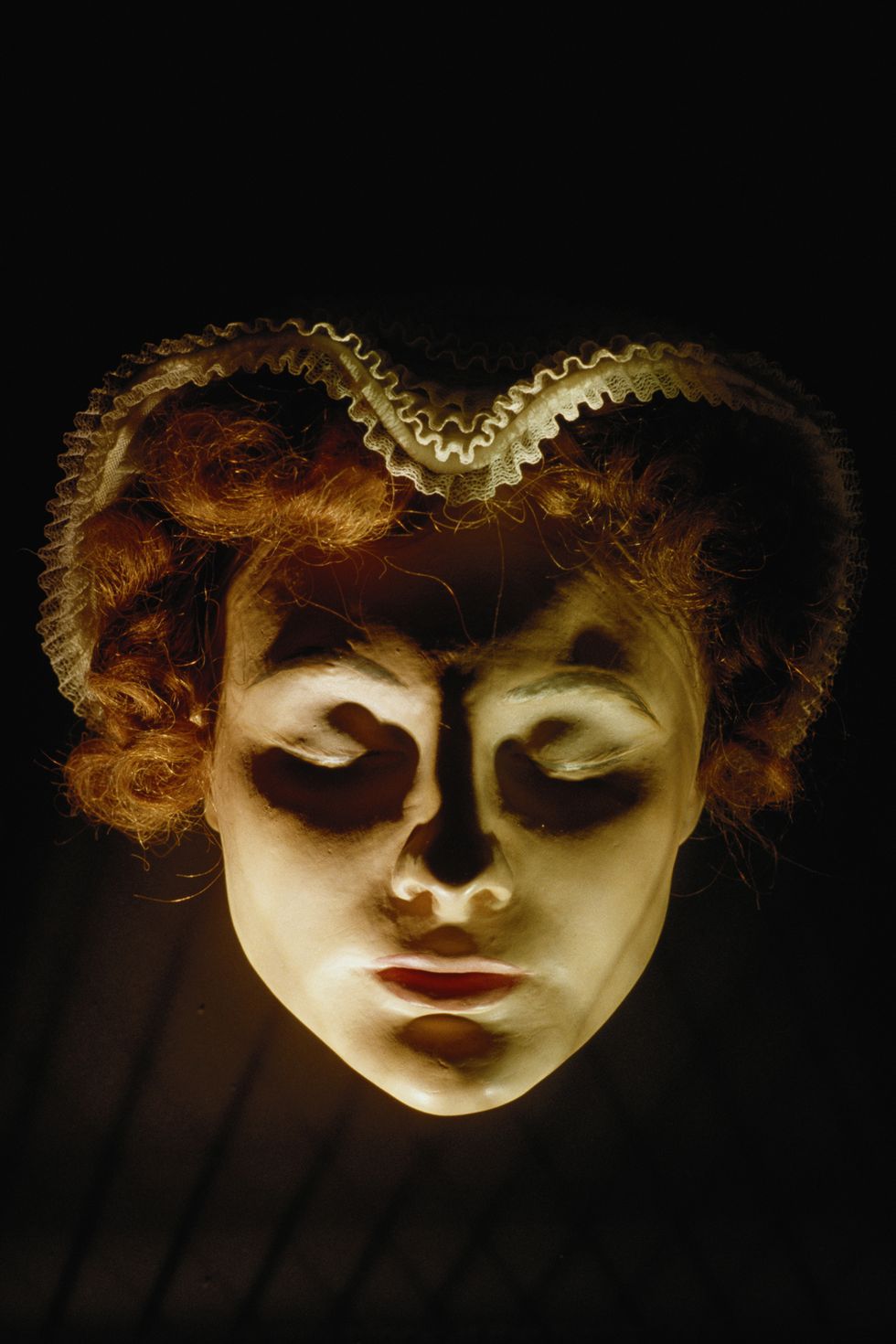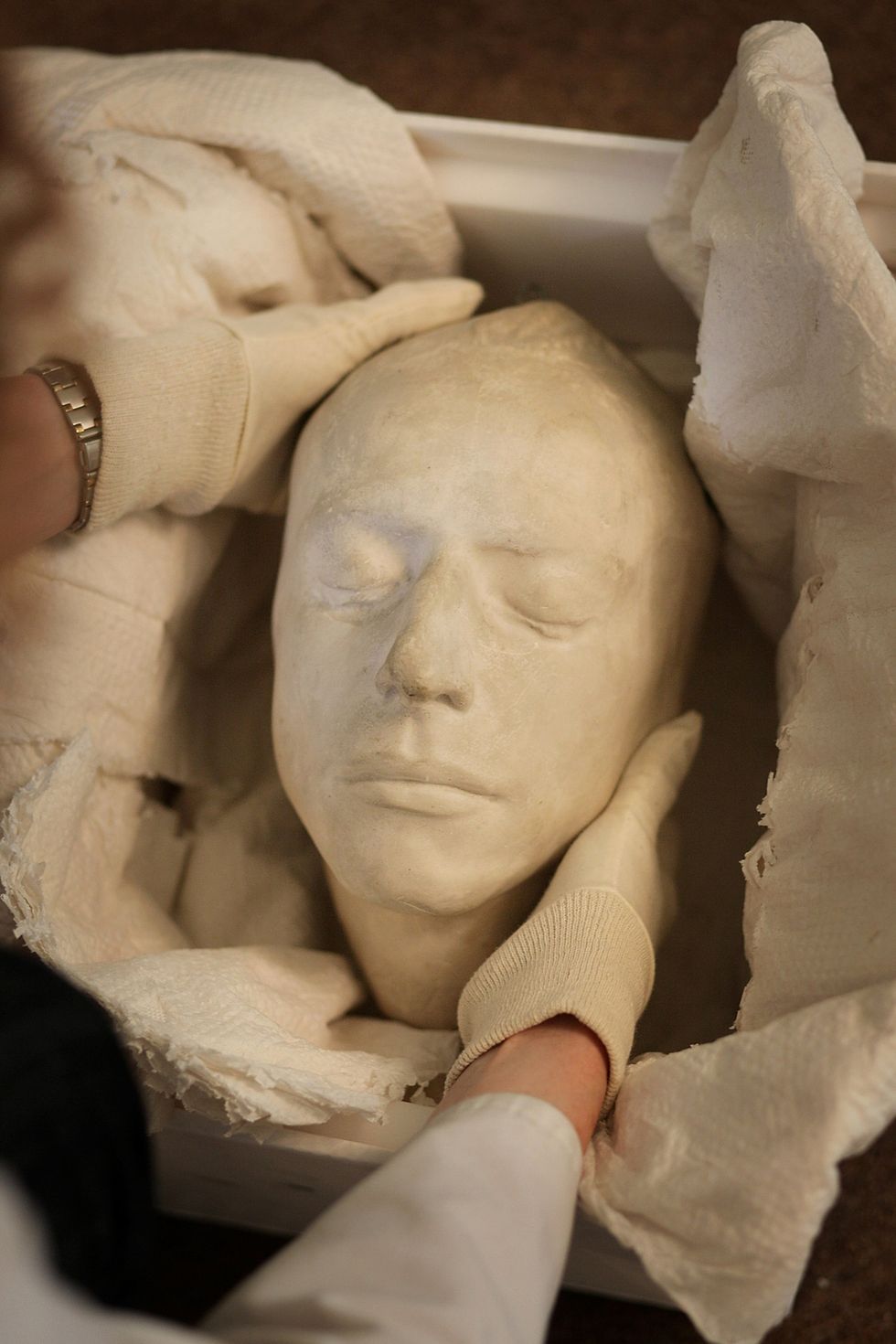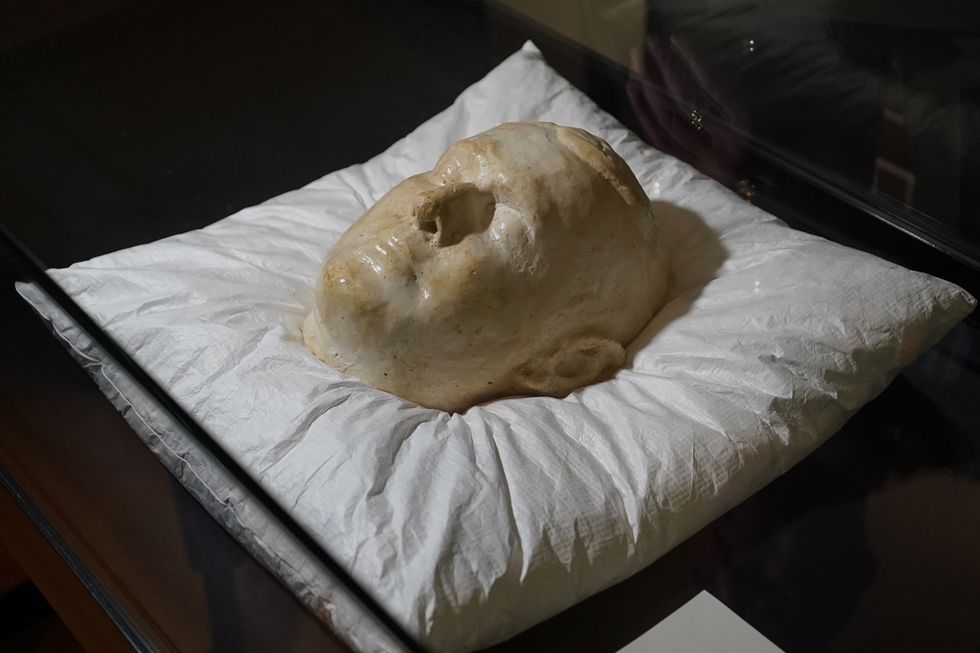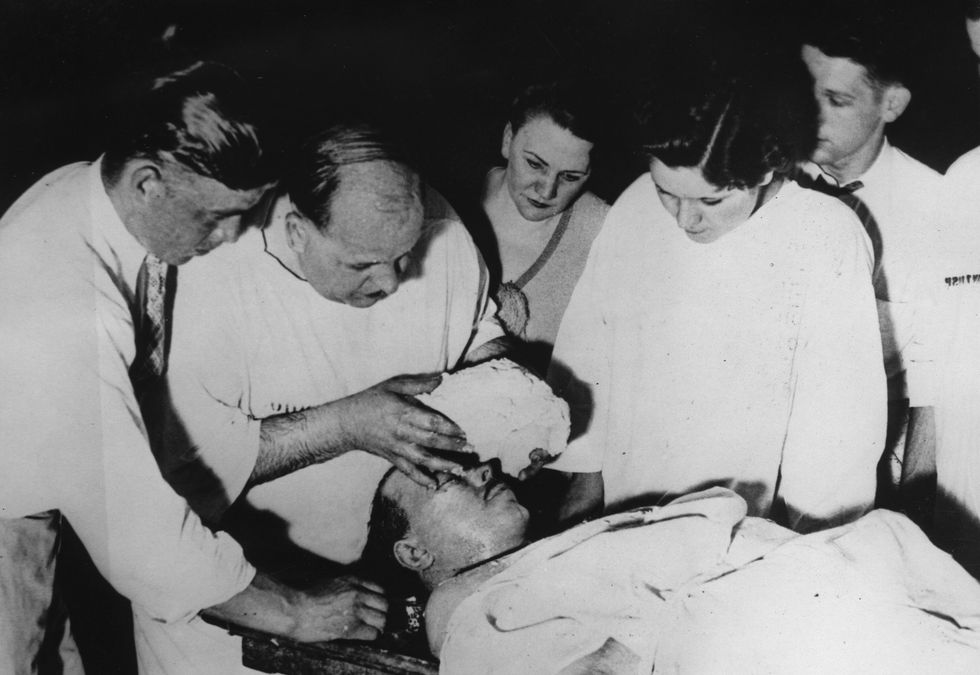You are viewing the article 7 Famous Death Masks in History at Thptlaihoa.edu.vn you can quickly access the necessary information in the table of contents of the article below.

Throughout history, humanity has revered the passing of a person in a myriad ways. Perhaps one of the more intriguing is the preparation and creation of death masks, a final viewing of the deceased.
Death masks first gained notoriety in Egypt, with the most recognizable belonging to King Tut. The Egyptians believed that the death mask, which would be buried with the individual, would allow the person’s spirit to find his/her body in the afterlife. In some African tribes, it was believed that death masks could imbue the wearer with the power of the deceased. But in the Middle Ages, they became less of a spiritual commodity and more of a way of preserving the memory of the dead. Death masks were made for a range of famous and notable people and were put on display for many to see. And in a time before photography, this could be as close to the real thing as you might get.
Death has been, and may always be, shrouded in a veil of intrigue, fear, curiosity and calm. Below, we dig up a few famous faces from their final moments:
Dante
Life: Philosopher, Poet, Death Aficionado
Death: September 13, 1320
Cause of Death: Malaria
As with most historical figures who bucked the system, exile seemed to be the main course of action for their own actions (second to execution, of course.) Dante (whose death mask may not be genuine) served a long course of exile before his demise. Amidst the political turmoil of Florence in the early 1300s, Dante fell out of favor with the ruling political faction known as the Black Guelphs. He was subsequently exiled and it was during this time that he wrote his most famous work, The Divine Comedy. And luckily, Dante was able to complete Paradiso, the last part of the almost 15,000 line epic poem, before he contracted malaria and died in 1320.
Mary Queen of Scots (Queen Mary I)
Life: Queen of Scotland, France (briefly) & almost England
Death: February 8, 1587
Cause of Death: Beheading
Mary Queen of Scots suffered from what could be called an unpolished demise. After a life of political turmoil, bouncing around Europe, and collecting a long list of enemies, Mary sought asylum from her cousin Queen Elizabeth I. Instead she became a prisoner for 19 years in the country she almost ruled. When it came time for her execution, she asked if she could get her affairs in order and was told, “No, no, Madam you must die, you must die! Be ready between seven and eight in the morning. It cannot be delayed a moment beyond that time.” When they placed her head on the block, it took the executioner three tries before the beheading was complete. He then held Mary’s head high and exclaimed “God save Queen Elizabeth! May all the enemies of the true Evangel thus perish!”
John Keats
Life: Poet
Death: February 23, 1821
Cause of Death: Tuberculosis
In 1819 John Keats contracted tuberculosis, otherwise known as consumption at the time. On the advice of his doctor, he went to Rome with a friend for the warmer weather. For a while, he felt better, but after one year he was bedridden once again. His doctor kept him on a strict diet of a single anchovy and a piece of bread per day and induced heavy bleeding to cleanse his body. But the process was very painful for Keats, and in true poetic fashion he asked his doctor, “How long is this posthumous existence of mine to go on?” His answer came just one year later.
Napoleon Bonaparte
Life: Military Leader, Political Leader, Emperor
Death: May 5, 1821
Cause of Death: Gastric Cancer (Or MURDER?)
It was definitely gastric cancer. (Science has proven this.) But at the time of his death, Napoleon believed British assassins had murdered him: “I die before my time, killed by the English oligarchy and its hired assassins,” he was recorded as saying. In his final exile, Napoleon somewhat enjoyed his leisurely day-to-day lifestyle, but it soon grew tiresome, along with his health. In 1817 he began showing signs of having a stomach ulcer, and while he may have suspiciously (albeit mistakenly) attributed its cause to poison, it certainly was the origin of his fatal bout with stomach cancer. In June 2013, one of only two known death masks of Napoleon Bonaparte sold at auction at Bonhams’ Book, Map and Manuscript sale in London for roughly $260,000 (£169,250.)
William Blake
Life: Artist, Poet
Death: August 12, 1827
Cause of Death: Slightly Unknown
While Napoleon’s death may have masqueraded as a mystery, William Blake’s remains so to this day. While it’s known he died of an illness, it’s unknown exactly what that illness was. Blake himself exclaimed that he suffered from “that sickness to which there is no name.” Leading up to his demise, Blake’s life was in a downward spiral. His later works received highly negative critiques, and Blake himself was once referred to as “an unfortunate lunatic.” Perhaps as a vision of his own death mask to come, in 1819 Blake began a series of sketches called “visionary heads.” He claimed that the historical figures he drew appeared before him and modeled for him.
Michael Collins
Life: Activist, Military Leader, Political Leader
Death: August 22, 1922
Cause of Death: Assassination
Michael Collins’ life was filled with violence up until the very end. He was one of the main leaders in Ireland’s fight for independence and subsequently the Irish Civil War. During both times Collins utilized guerrilla warfare tactics that saw Ireland in a blaze of gunfire. And his final moments were no different. Collins died in the crossfire of an ambush by the I.R.A. (Irish Republican Army) at a crossroads in the Irish village of Béal na Bláth. The identity of the individual who actually shot Collins is unknown.
Upon hearing the news of his death, Collins’ main rival in the I.R.A., Eamon De Valera, said, “It is my considered opinion that in the fullness of time history will record the greatness of Michael Collins, and it will be recorded at my expense.”
John Dillinger
Life: Thief, Organized Crime Boss
Death: July 22, 1934
Cause of Death: Killed by the FBI
John Dillinger was America’s most notorious bank robber. But is the face you see above Public Enemy #1 or a fall guy named Jimmy Lawrence? John Dillinger was shot and killed in a hail of gunfire by the FBI outside of Chicago’s Biograph Theater. When his body was on display, thousands of Chicago residents came out to see the man who had terrorized their city streets. But many of those people felt the man they saw on the slab was not Dillinger. Even his own father wasn’t convinced that it was his son. Many of Dillinger’s signature scars were missing, his famous cleft chin was not visible, and even the body appeared fatter and shorter than what people had seen of him.
But after the FBI ran facial recognition scans on the mask against photos of Dillinger, they confirmed its accuracy. Jimmy Lawrence’s fame may have only lasted for fifteen minutes, but John Dillinger’s final fifteen will last forever.
Thank you for reading this post 7 Famous Death Masks in History at Thptlaihoa.edu.vn You can comment, see more related articles below and hope to help you with interesting information.
Related Search:

